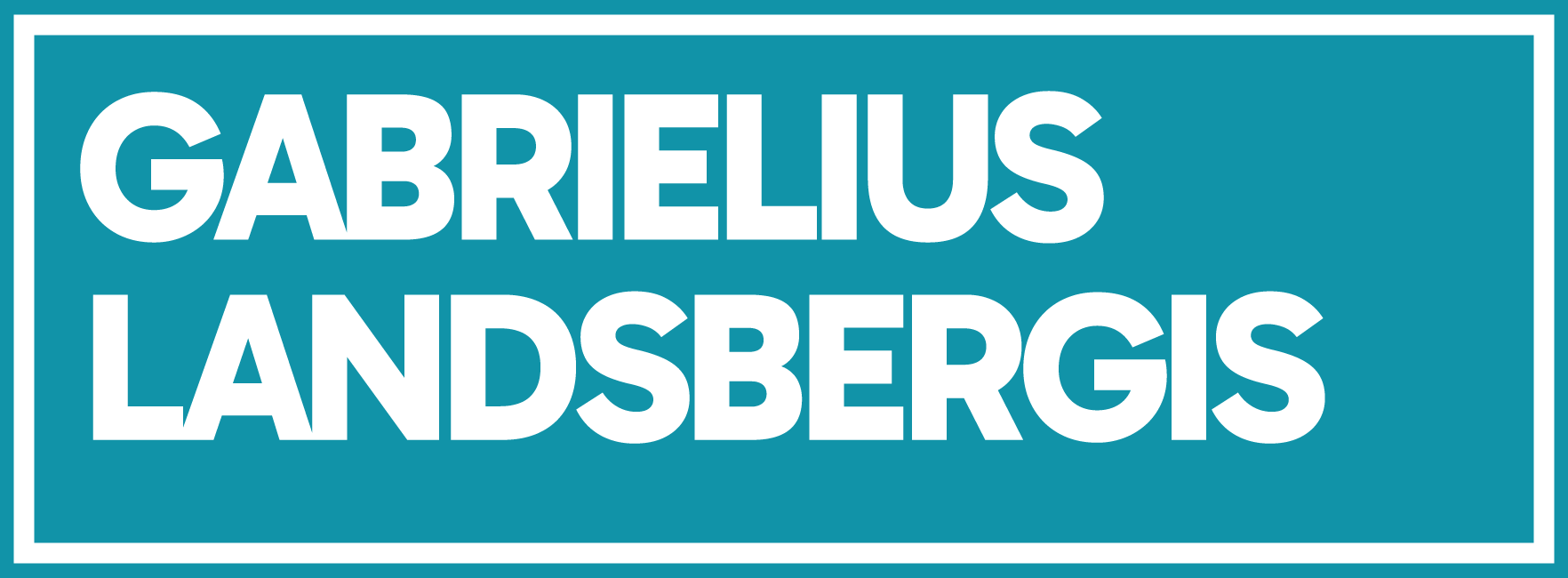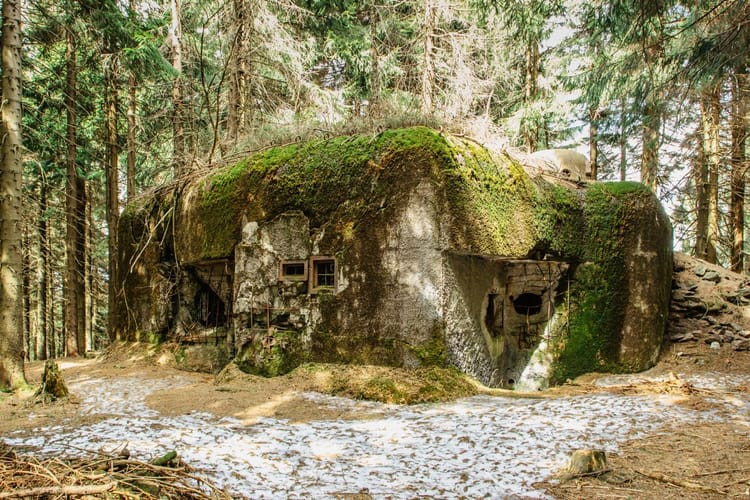What are we going to do with Lake Nato?
The year 1992, when EU leaders were debating how to integrate the fragmented Baltic region, now feels like ancient history. At the time, only two countries bordering the Baltic Sea—Denmark and Germany—were members of the EU. Only three—Denmark, Germany, and Norway—were in NATO. Sweden and Finland had no aspirations to join the defensive alliance, nor were they part of the EU. Meanwhile, the Baltic states had just emerged from decades of Soviet occupation with a long and uncertain path ahead of them in order to fully rejoin the West. And then, there was Russia. A key question for policymakers—how should the West engage with the Russian Federation?
In response, German and Danish foreign ministers proposed a new framework: the Council of the Baltic Sea States (CBSS), which would include Russia. Officially, the mission was to foster cross-border cooperation, track abducted children and raise awareness of the region’s shared destiny. In reality, it served a more strategic function—providing an annual forum where Western ministers tried to convince Russia to behave itself. Over the years, the CBSS evolved, inviting Iceland and the EU to join. However, after Russia’s full-scale invasion of Ukraine, Moscow was expelled, leaving an organization with nearly all its members in the EU and NATO (Norway and Iceland aren’t in the EU, but have very close economic links with it anyway).
Mission accomplished. So does the CBSS have a future?
To address this question, a report was commissioned, and its authors will be former Estonian President Toomas Hendrik Ilves and myself. As we travel across the region, meeting with ministers, officials, and academics, we are gathering insights on where interests align. While the report is still in progress, I’d like to share three critical questions that, in my view, must be answered to define the future of the Baltic region.
1 - Convergence, not divergence
The Baltic States have long been ahead of the curve in recognizing the Russian threat. Since Russia’s full-scale invasion, we have witnessed what might be called a ‘Baltification’—a shift in Western Europe's security mindset, re-aligning to be closer to the Baltic perspective. This shift is clearly evident in the appointments of Baltic representatives to key EU defense and foreign policy positions.
And yet, this process remains incomplete. We still see differing opinions regarding the region’s future security risks—and the means to address them. Can the Council of the Baltic Sea States serve as a catalyst for further convergence of Western and Baltic approaches? Could it help bridge differences in strategic thinking, ensuring a more unified European approach to security?
2 - Regional collective defence
Would the Baltic region benefit from its own sub-level Article 4/5 collective defence framework? Given increasing Russian hybrid threats—cable cutting, weaponized migration, cyberattacks—does the region need an actionable political structure that can respond locally but also escalate issues to NATO and the EU?
Ultimately, major security decisions will always flow through NATO and the EU. However, a strong regional organization could serve as a conduit, translating local threats into policy responses at higher levels. Would such a structure make the alliance more responsive, or would it create unnecessary bureaucracy?
3 - Regionalisation is already happening
Some argue that regional organizations weaken NATO and the EU by diverting attention and resources away from larger institutions. Instead of evolving to meet modern security needs, they can become silos, preventing broader reform.
But regionalization is already happening. Consider defense spending: while NATO debates whether some members should reach 2% of GDP, Eastern Flank states have already adapted to new geopolitical realities, rewriting their social contracts to prioritize defence.
The question is—could deeper Baltic regional cooperation become a beacon to guide the whole Alliance, increasing NATO solidarity rather than splitting it up.
Our report will be released in May
Addressing these questions is not just about redefining the Council of the Baltic Sea States—it is about shaping the region’s future. We have a lot of Baltic problems demanding strategic Baltic solutions, and we’re just getting started.
It’s an honour to be co-writing the blueprint for meeting all these challenges and a pleasure working with Toomas. Stay tuned—our findings will be released in May.
If you're not already a member of my club Friends of Democracy, click here for a free trial and get access to exclusive Only Friends content:






Member discussion